Maybe Not A Portrait of Mistinguett At All
Early History & Provenance
The 1976 book “The Guggenheim Museum Collection” states that the painting was purchased from
M. Axel, Paris by Pierre Granville in 1952, Early History Unknown — subsequently purchased by
the Guggenheim Museum in 1966. At this point the painting had no Title.
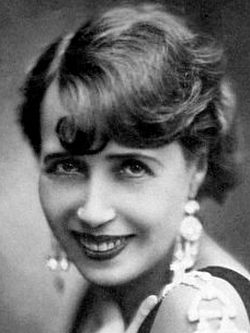
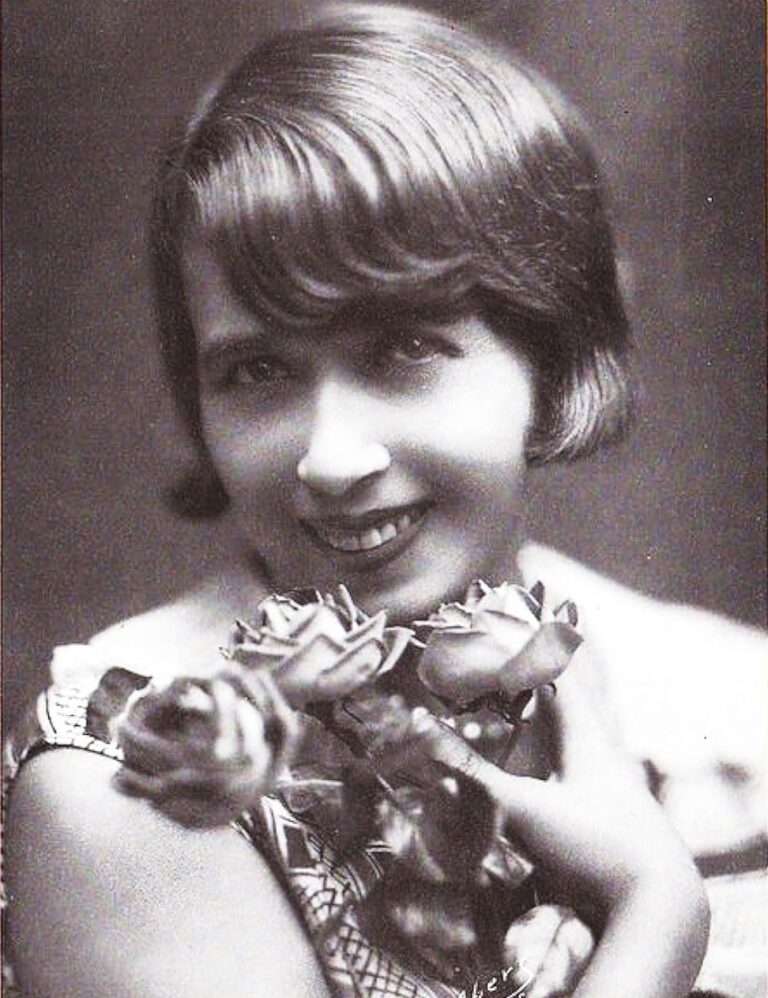
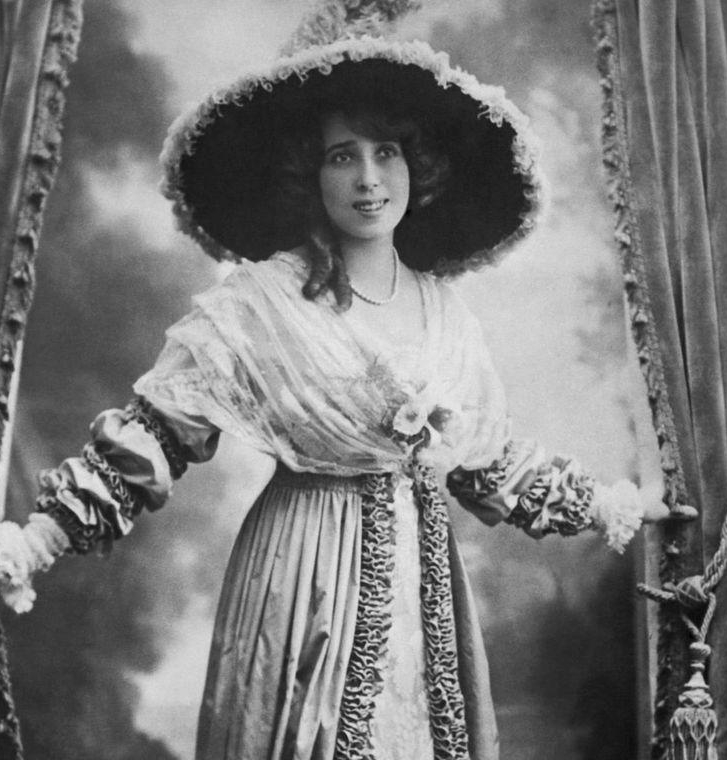
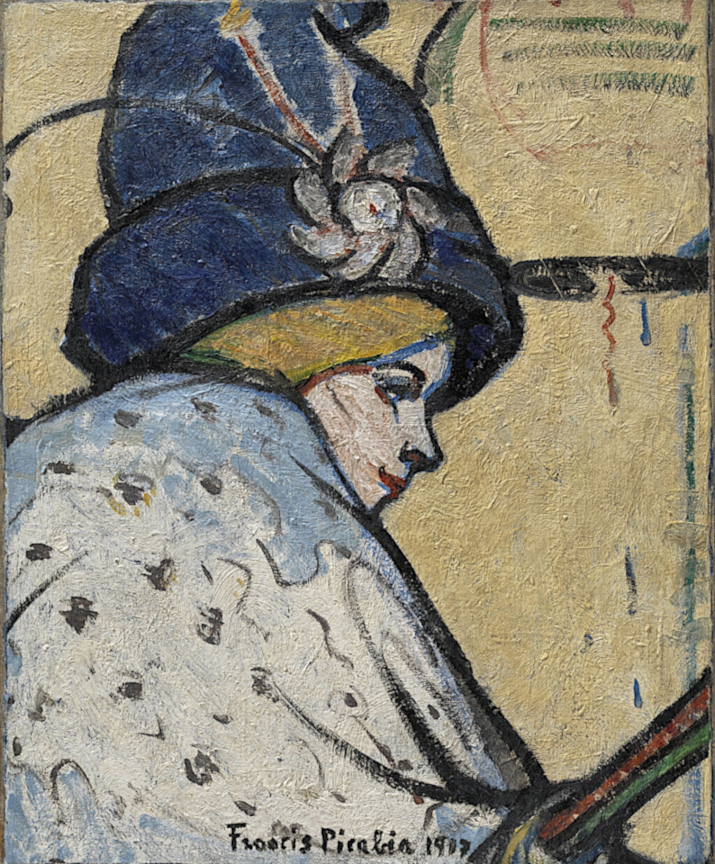
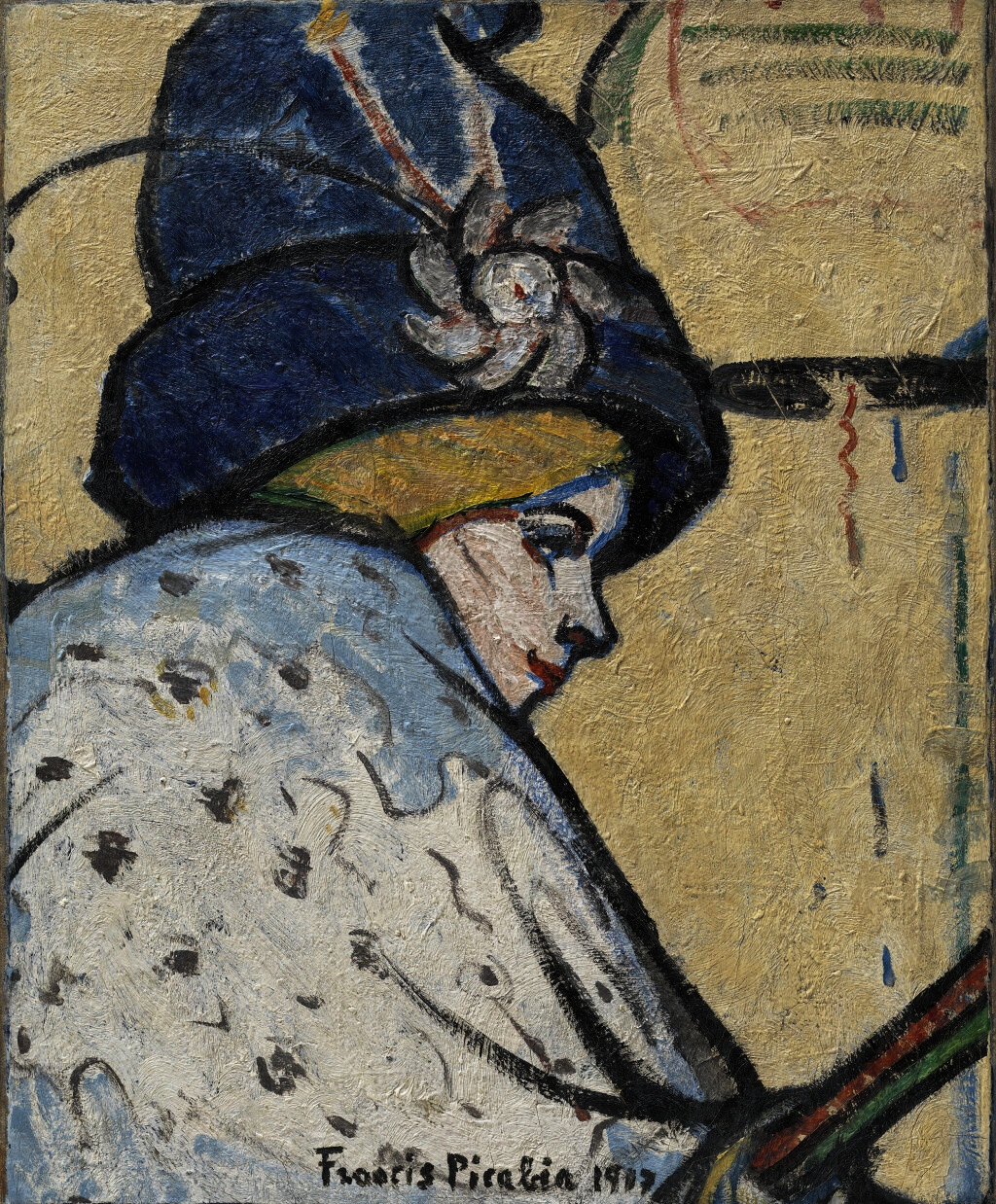
Is This “A Portrait of Mistinguett”?
Simone Collinet stated that she had exhibited the portrait at her Galerie Fürstenberg in 1956 and proposed at the time that it may have depicted Mistinguett. It is unclear how she arrived at this conclusion.
In 1962, Pierre Granville received letters from both Gabrièle Buffet-Picabia and Denise de Lima, who found the resemblance to Mistinguett plausible. But in the years following Picabia’s death in 1953, both women played key roles in shaping his posthumous reputation—a legacy deeply entangled with biography, mythology, and market reception.
In comparing the portrait to photographs of Mistinguett, the identification seems speculative at best.
It’s possible that biography and visual resemblance were allowed to align a little too easily.
It’s possible that the figure may not represent Mistinguett herself, but a stylized embodiment of the Mistinguett “type”: bourgeois femininity staged as persona, the fashionable Parisian rendered as
surface and sign.